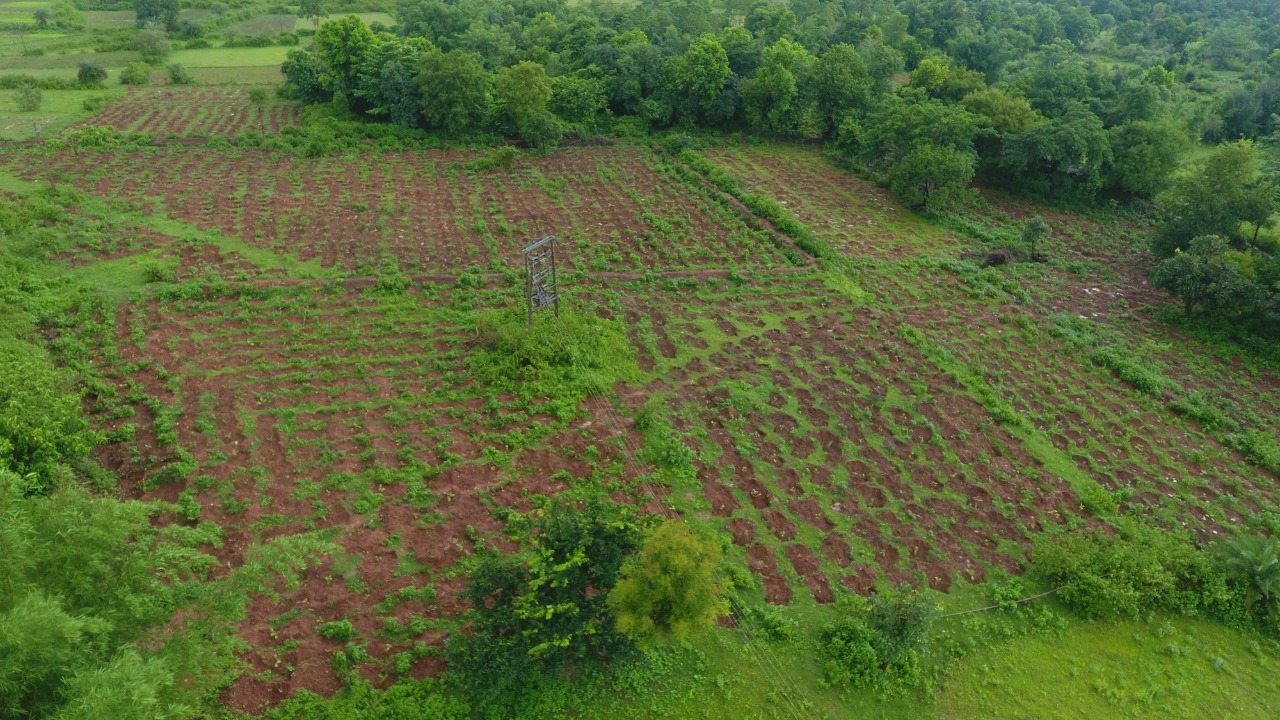

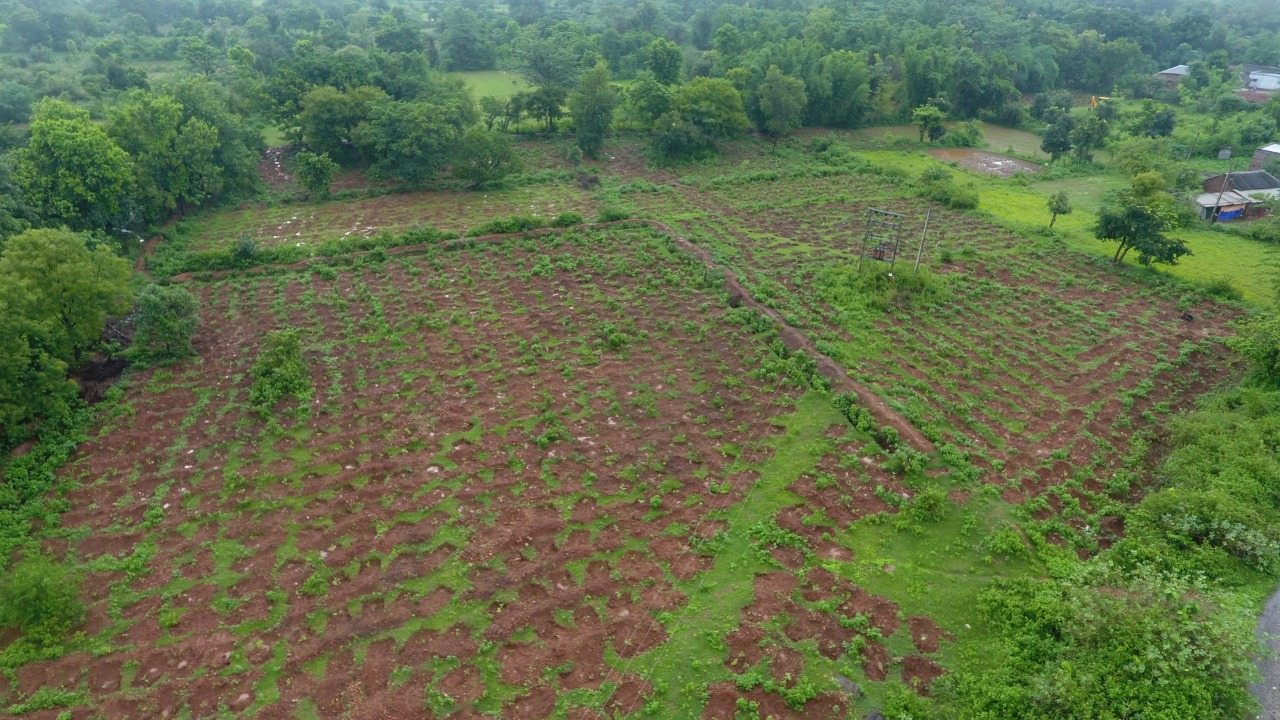

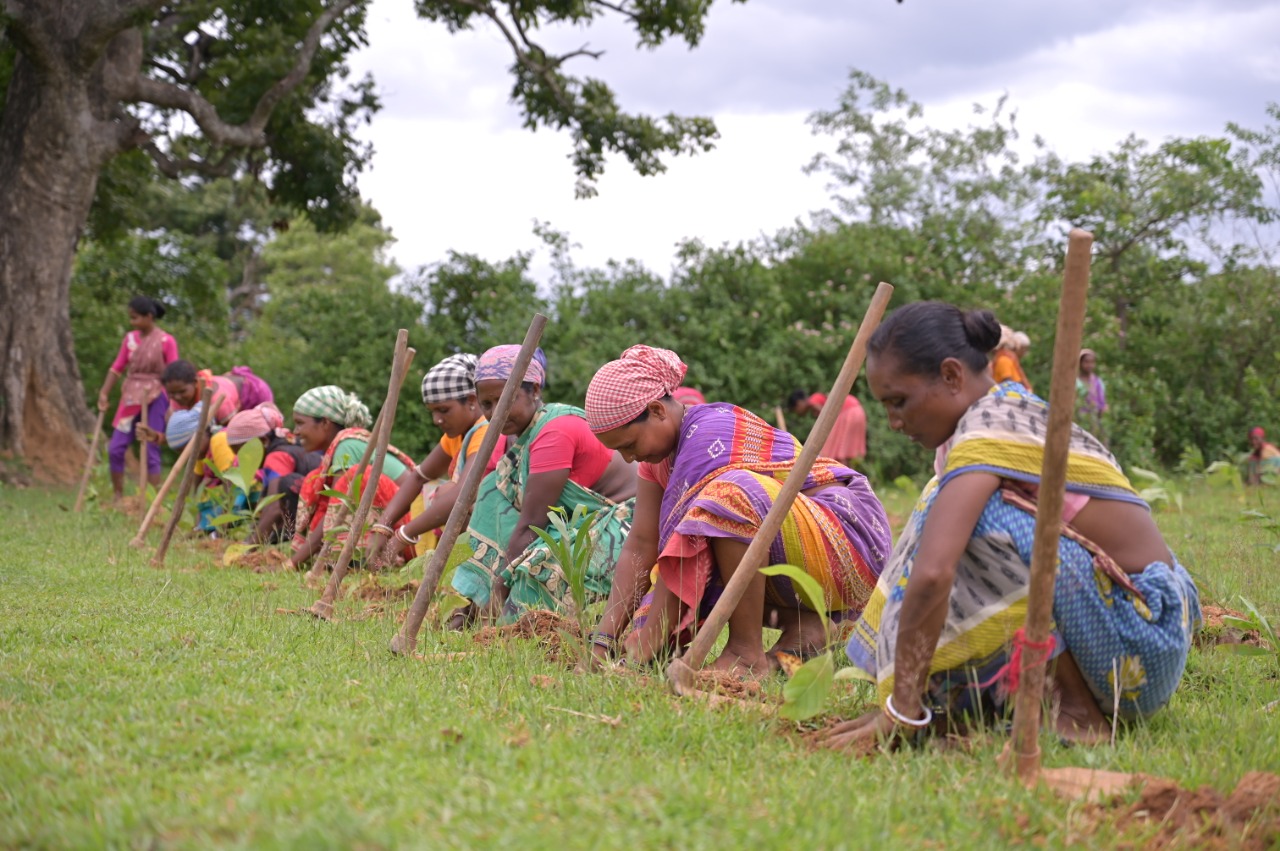

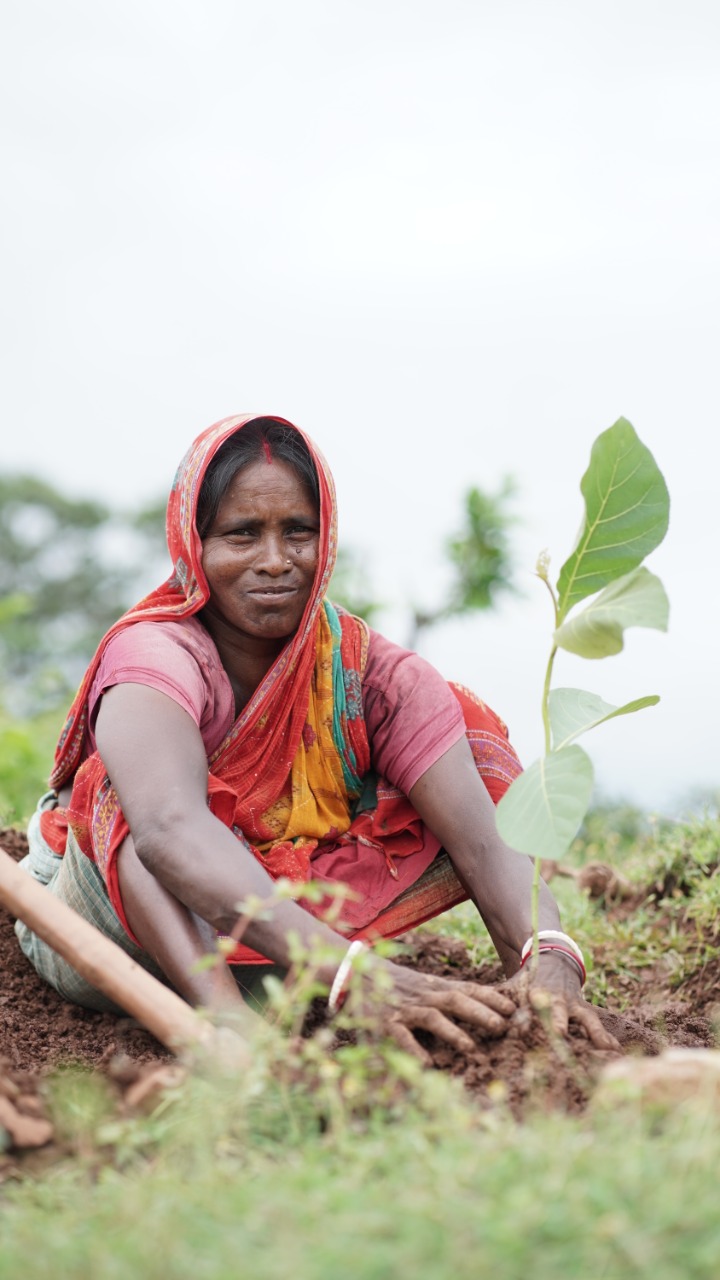
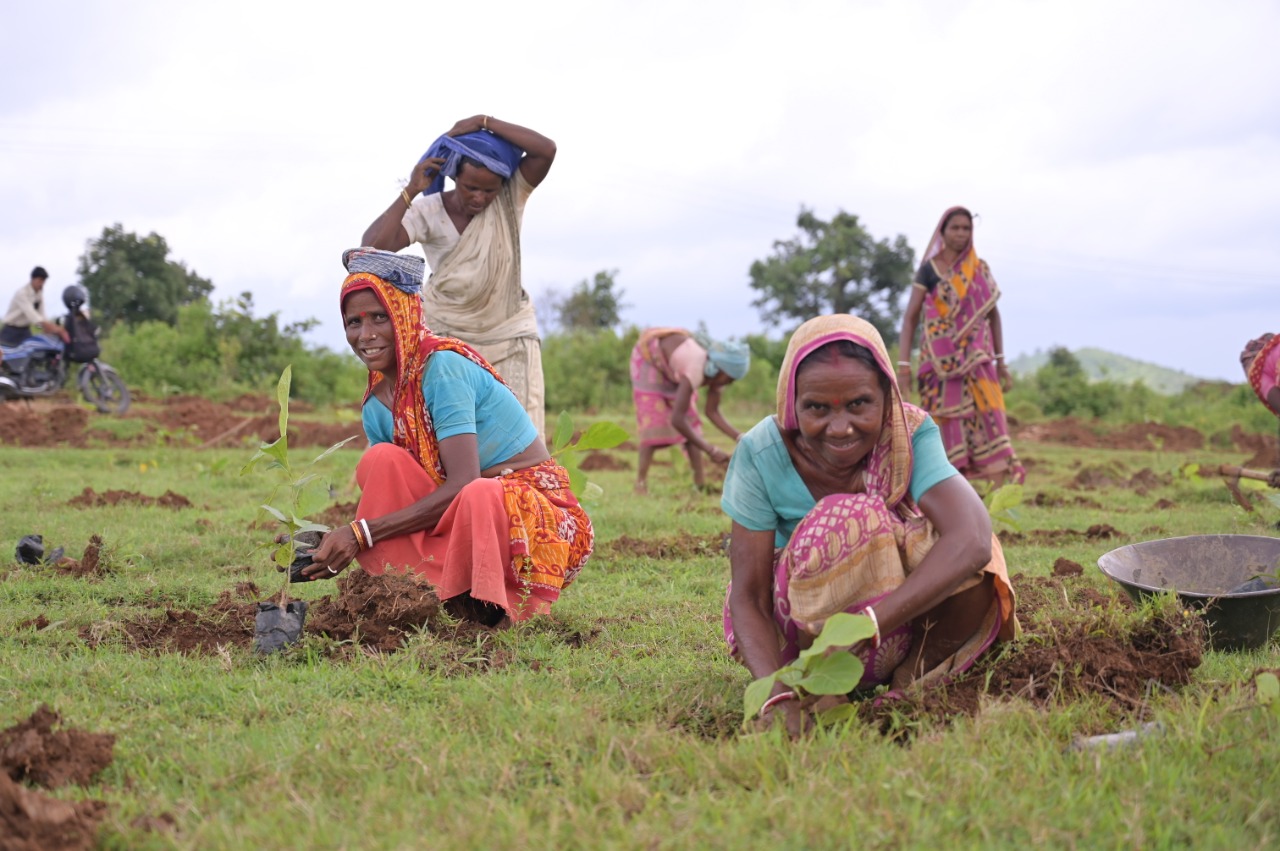
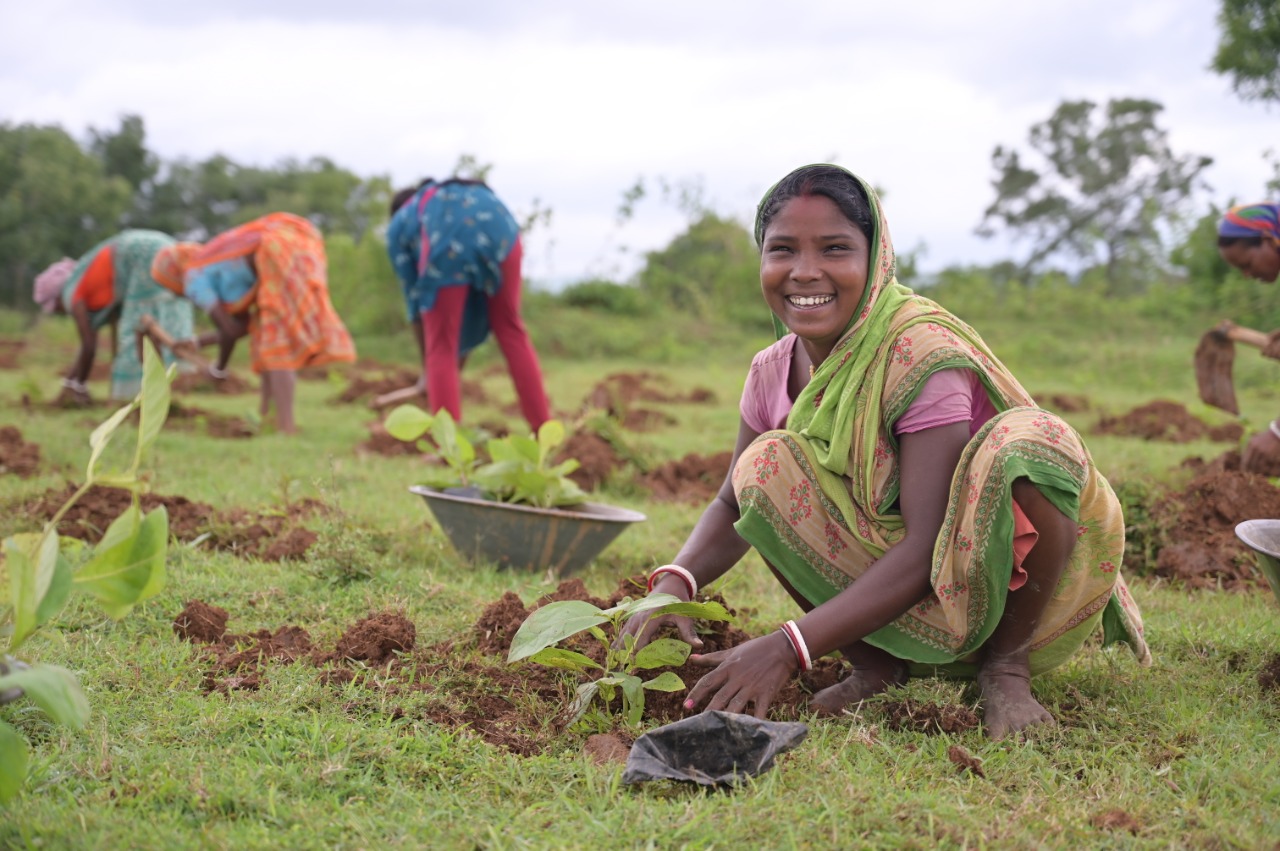
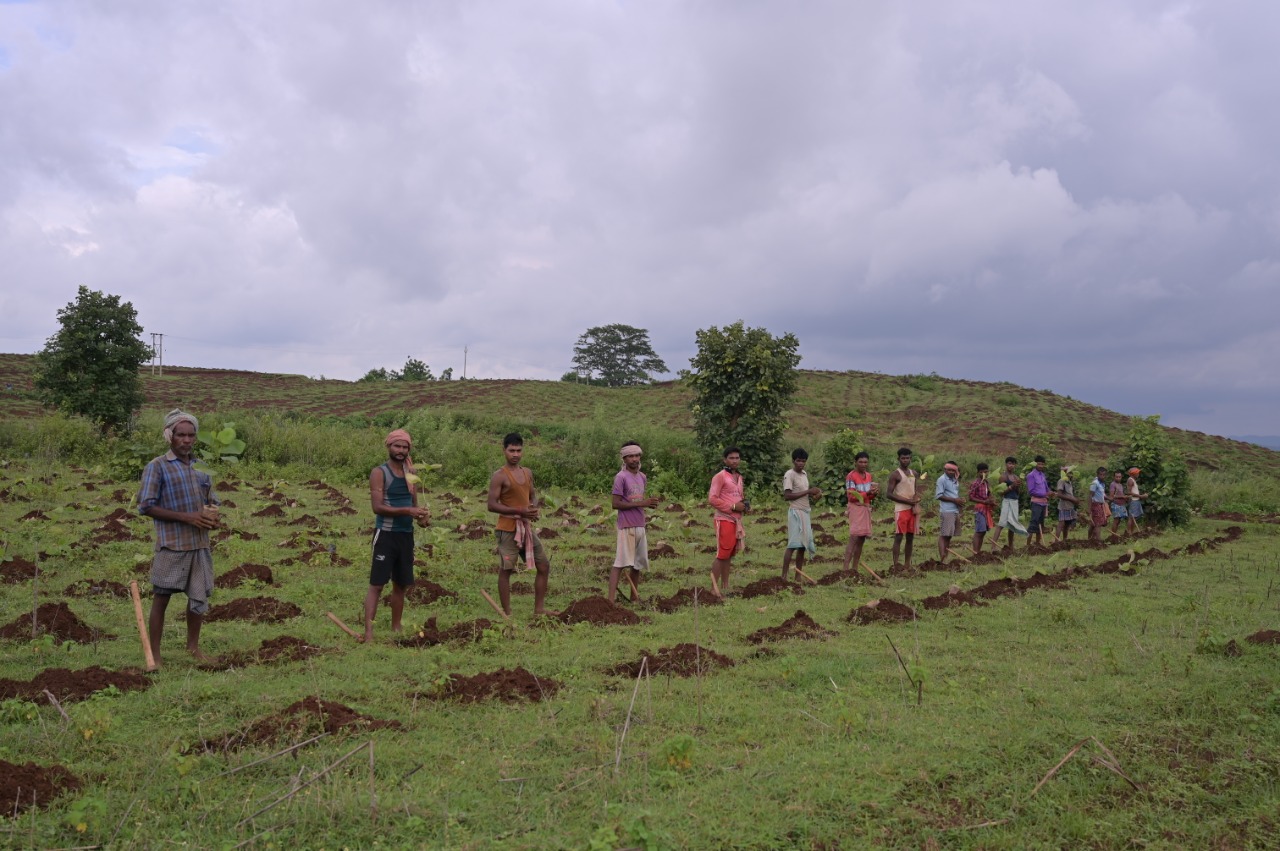
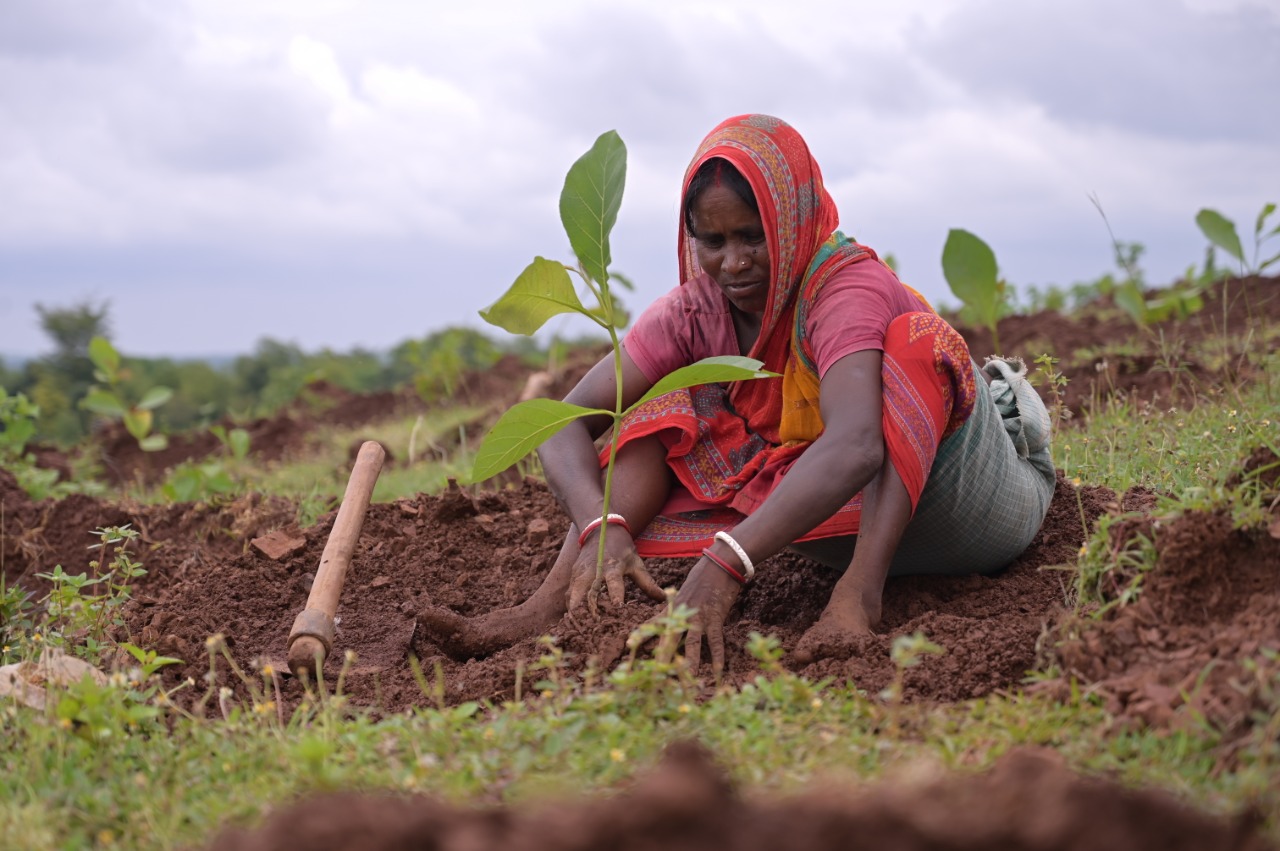
Project Target
0% Remaining
1,850,000
Trees Planted out of 1,850,000 Trees

Project Location:
The plantation project is implemented in the foothills of Dalma Wildlife Sanctuary in Mahulbana and Oriya Gram Panchayats, East Singhbum district in Jharkhand. The elephant corridor extends from Odisha to West Bengal crossing the Dalma Wildlife Sanctuary in Jharkhand.
Project Aim
Why Trees?
SanctuaryAsia in April 2011 (Human-elephant Conflict in India") that the plantations raised in Jaldapara Wildlife Sanctuary succeeded in encouraging the animals to stay within the park, reducing the potential for human-elephant conflict. The 'Right of Passage' study published by the Wildlife Trust of India in collaboration with Project Elephant and the U.K.-based NGO Elephant Family in August 2017 points out how constricted corridors have become since 2005 - about 74% of corridors are of a width of one kilometer or less today, compared with 45.5% in 2005, and only 22% corridors are of a width of one to three kilometers now, compared with 41% in 2005. The planting of trees will help augment the size of the corridors increasing the sheltered and screened area for the elephants.
In their research paper "Feeding Preferences of the Asian Elephant (Elephas maximus) in Nepal" Raj Kumar Koirala et al found that elephants preferred browsed species of plants during the dry season, while browsed species and grasses were both important food sources during the rainy season. Elephants targeted leaves and twigs more than other parts of plants. (Browsing is a type of herbivory in which a herbivore, such as an elephant, feeds on leaves, soft shoots, or fruits of high-growing, generally woody, plants. This is contrasted with grazing, usually associated with animals feeding on grass or other low vegetation.)
In a research study published by Kalpana K. Mohapatra, A.K. Patra and D.S. Paramanik on Food and feeding behavior of Asiatic Elephant (Elephas maximus Linn.) in Kuldiha Wild Life Sanctuary, Odisha, India consumption of tree species by the Indian elephant was found to be 56% as compared to shrubs (20%), herbs (14%) and climbers (10%). Tree species such as Mahua (Madhuca indica) and Mango (Mangifera indica), Bael (Aegle marmelos), Ber (Ziziphus mauritiana) were found to be an extensive part of their diet. The Asian elephant distinguishes itself from its African counterpart because of its dependency on arboreal forests as opposed to grasslands. Due to the variation in habitat and climatic conditions prevalent across the two continents, the elephant population in Asia and more specifically India depends on its tropical trees—consuming twigs, branches, stems, roots, flowers, fruit, etc.
Elephants are also one of the significant ways in which trees disperse their seeds; some species rely entirely upon elephants for seed dispersal. Wherever they live, elephants leave dung that is full of seeds from the many plants they eat. When this dung is deposited the seeds are sown and grow into new grasses, bushes, and trees, boosting the health of the ecosystem. Trees for elephants® will create a more suitable habitat with improved food sources for elephants, reduce the existing human-elephant conflicts and help the natural regeneration of forests.
Teak (Tectona grandis), Sheesham (Dalbergia sissoo), Karanj (Millettia pinnata), Simal (Bombax ceiba), Mango (Mangifera indica), Jackfruit (Artocarpus heterophyllus), Neem (Azadirachta indica), Jamun (Syzygium cumini) and Acacia spp.
Social Impact
The plantation of trees will help expand forest corridors and restore elephant migration routes between fragmented areas. Growing trees providing fruit and feed for elephants can reduce crop raiding thereby protecting the income of the Santhal and Munda tribal communities in the area.
Villagers from Laylam village will participate in the entire process of plantation activity such as the selection of the land, nursery development, pit digging, plantation and nurturing of planted saplings that will create employment for these tribal communities; additionally, there will be indirect employment and extra revenue from flowers, fruit, fodder, and fuel when the trees are mature. Planting trees will protect the watershed, improve the groundwater table and reduce the impact of soil erosion. The local community will also benefit from fruits, flowers, fodder and fuel. Upon maturity, each tree can absorb approximately 20kg of CO2 per year which is considered globally as a conservative estimate for the sequestration potential of trees.
| Name of the Company | Number of Trees Planted | Fiscal Year |
|---|---|---|
| WRI | 1,000,000 | 2022-23 |
| DHL Express India Pvt Ltd | 100,000 | 2022-23 |
| Bluedart Express Limited | 103,170 | 2021-22 |
| NVIDIA | 27,000 | 2021-22 |
| Connell Bros. Company (India) | 10,526 | 2021-22 |
| HDFC Bank | 400,000 | 2020-21 |
| Trendsutra Platform Services Pvt. Ltd. | 50,000 | 2019-20 |
| Trendsutra Platform Services Pvt. Ltd. | 100,000 | 2018-19 |
| Other Contributors (Individuals & Corporates) | 50,000+ | NA |
Social Impact of Growing Trees
Community Engagement
Tree planting initiatives often involve local communities, which can lead to greater community cohesion.
Ecological Education
Provides opportunities for community members, especially children, about the importance of environmental sustainability.
Urban Beautification
Trees contribute to the aesthetic enhancement of urban areas, making cities more pleasant and liveable.
Climate Resilience
By improving green cover, tree planting helps make communities more resilient against climate impacts like heatwaves.
Employment Creation
Planting trees creates employment for local community members like planting and maintenance, administrative roles, and more long-term jobs in management.
Wildlife Habitat
Trees provide critical habitats for various species of wildlife. Enhancing tree cover helps preserve biodiversity, which can be an ecological boon for local communities
Copyrights @ 2025 All rights reserved by Pangea EcoNetAssets Pvt Ltd.